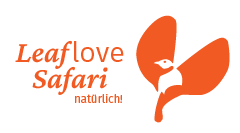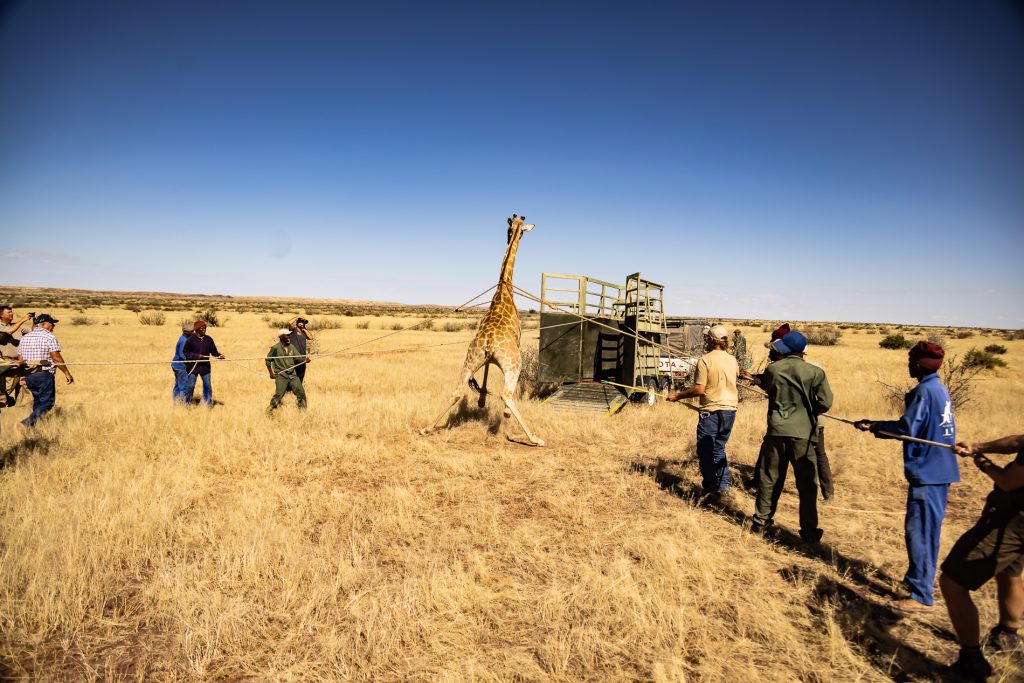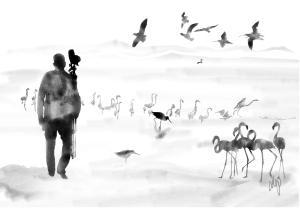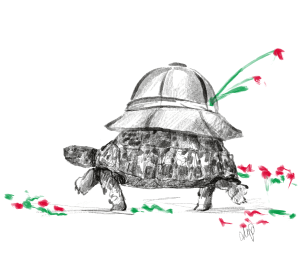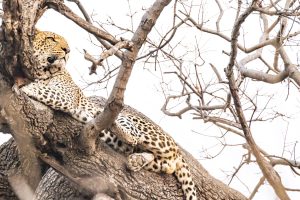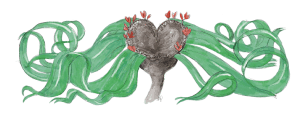If you believe that you absolutely have to generate money from an area, conservation can no longer be the top priority, and ownership of vast lands can no longer offer a reassuring and genuine satisfaction.
On many farms in southern Namibia, agriculture is no longer feasible; we all know the reasons, and yes, we are all responsible for the warming of our planet.
Where others invest their hard-earned money in yachts and mansions, there are those today who initiate large conservation projects, purchase land, and return these areas to nature. This is highly commendable! Fences are torn down, and nature is allowed to recover from years of grazing by various livestock.
Thanks to strong idealistic donors, areas like the ProNamib Reserve can now welcome the relocation of several giraffes from our conservation area on the Nomtsas Farm, courtesy of Leaflove Safari. We are delighted that this endangered species can enjoy another new home.
We had to select the “right” giraffes from a pool of approximately 80. Bernie Simon flew me to various herds, and we focused on the following criteria:
- Giraffes that had already been weaned but were not too large for transportation, so we were looking for teenagers.
- Ensuring a proper gender ratio, as we needed to capture four females and two males.
- If possible, choosing giraffes from the same herd to provide some comfort in their new environment.
Ultimately, HO Reuter from African Wildlife Services, equipped with tranquilizer darts, boarded the helicopter, and the tension immediately reached unimaginable levels. As the first giraffe went down, the “Ground Team” quickly descended on it, covering its eyes and ears and protecting it from self-inflicted injuries. HO (his full name is Hans Otto, but everyone affectionately calls him HO, pronounced in English) also jumped from the hovering helicopter and administered the calming and reviving injection into the vein at the back of the ear.
The team from the GCF (Giraffe Conservation Fund), a remarkably well-informed group of young, dynamic Australians and Americans, attached the research collar and promptly recorded all the necessary characteristics of the noble animal. I was enlightened about newly discovered genetics, nomenclature, and the “new” taxonomic classification of different giraffe species through counter-research – I thought I was always well-informed… Socrates was right!
With its head covered, the giraffe stood up and was guided onto the “Capture Trailer” by 10 to 15 people pulling on ropes and maneuvering. Then the journey continued to the “Truck,” and the giraffe was loaded with the others.
After 6 giraffes, Sara, who has worked extensively with “true” giraffes in Uganda, confirmed that this was one of the most professional operations she had ever experienced. Thank you, HO, well done!
The giraffe in Namibia has been classified as a distinct species: Giraffa giraffa angolensis, rather than the previous classification of Giraffa camelopardalis angolensis (by the way, “camelopardalis” apparently means “spotted horse” in ancient Greek).
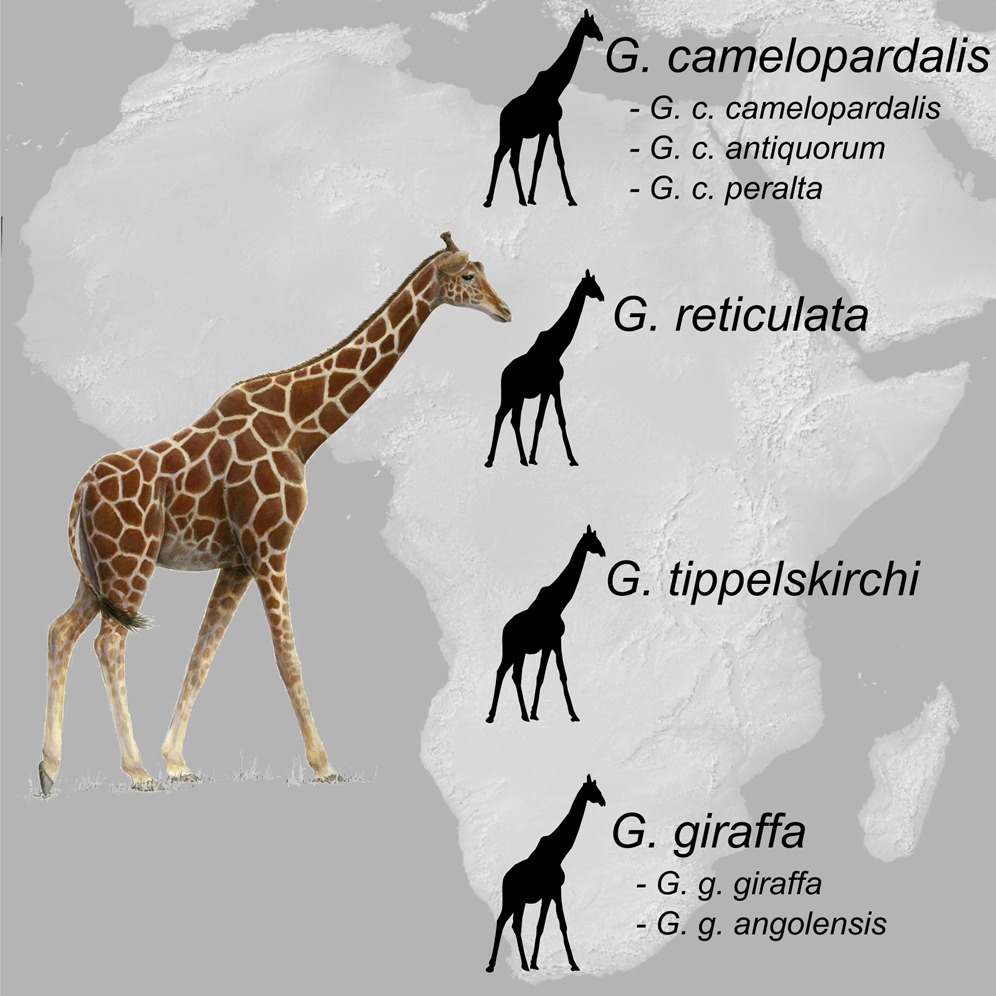
Oh yes, for those interested in species in general and who have a real thirst for “brainwashing,” feel free to read this article: https://theconversation.com/what-is-a-species-the-most-important-concept-in-all-of-biology-is-a-complete-mystery-119200
Enjoy… by the way, there’s no such thing as the human species… or is there?
albert
Last Updated on 12. October 2023 by Albert Voigts von Schütz
